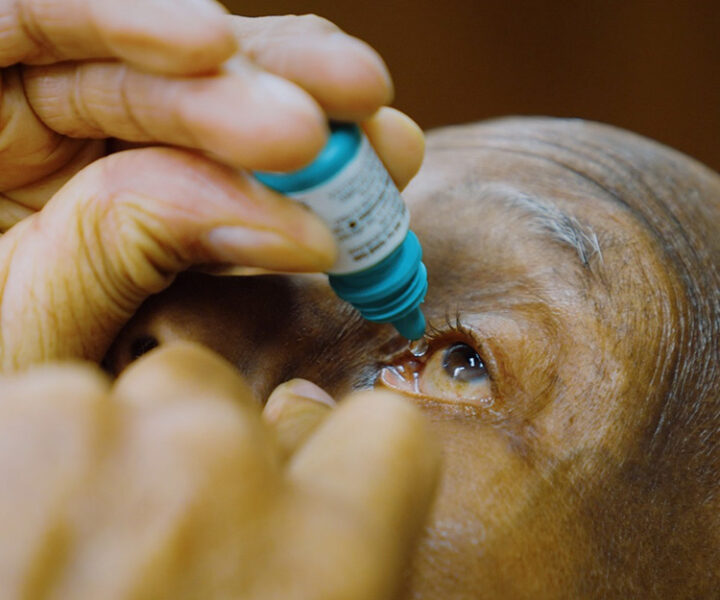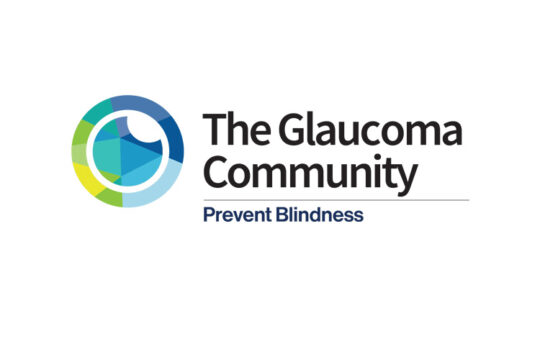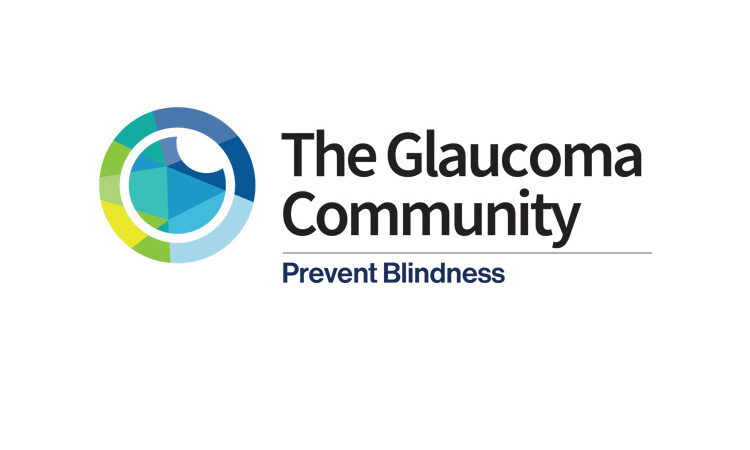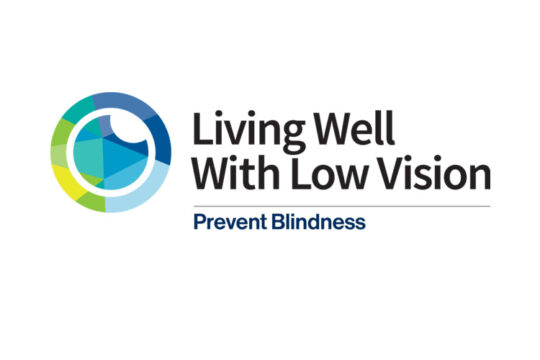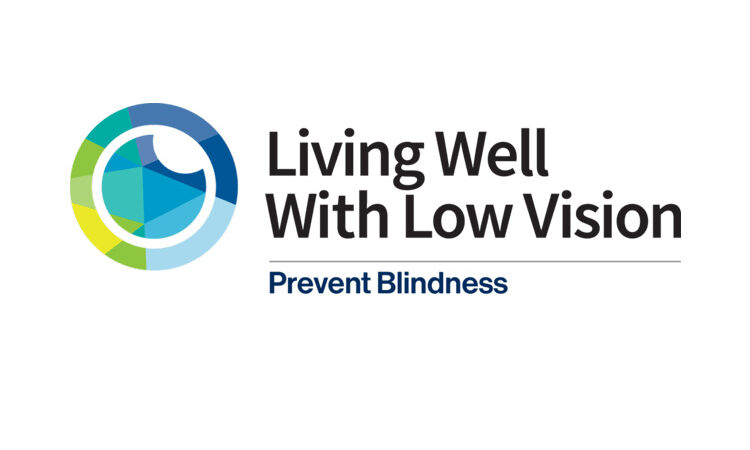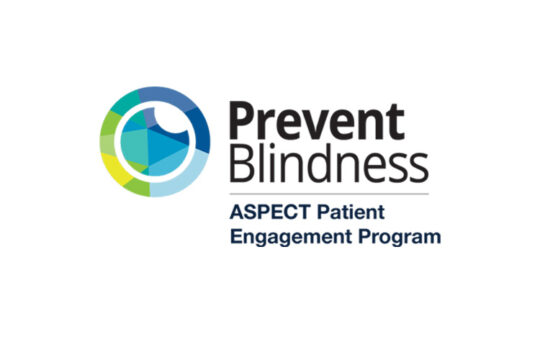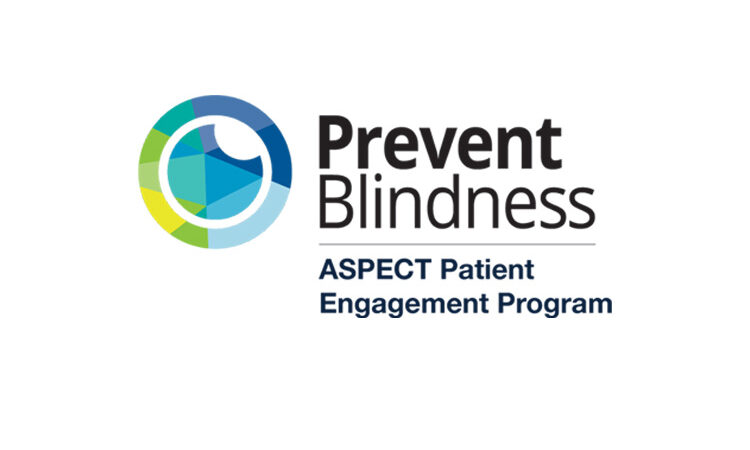What is glaucoma?
Glaucoma is a serious, lifelong eye disease that causes vision loss by damaging a part of the eye called the optic nerve. The optic nerve sends information from your eyes to your brain. When glaucoma damages your optic nerve, you begin to lose patches of vision – usually peripheral (side) vision. Over time, this loss can get closer to your central vision. Slow vision loss from glaucoma may lead to decreased outdoor activities, less walking, lower reading speed, loss of a driver’s license, changes with employment, assistance with daily activities, and decreased quality of life. Early detection of glaucoma and maintaining treatment as prescribed by an eye care provider are important ways to prevent vision loss.
It is not exactly known how the optic nerve is damaged, but for some, increased pressure inside the eye seems to play an important role. Glaucoma does not have to lead to blindness. It is important that you see your eye doctor when you notice any changes with your vision. That is because glaucoma can usually be treated and controlled using medicine(s), laser surgery, glaucoma surgery, or a combination of these treatments. Medicines (eye drops) are typically the first step in treatment.
Types of Glaucoma Medication
Glaucoma medicines are usually in the form of eye drops but can also come in pills (although pills are not usually a long-term treatment due to their side effects). A tiny implanted device which automatically emits glaucoma medication placed in the eye is also available. These all reduce eye pressure by lowering the amount of aqueous fluid, the watery fluid inside the eye, produced and/or improving fluid drainage in the eye.
Glaucoma medications can be grouped into categories based on what they do
This table does not list every glaucoma medication or all possible side effects. Some of these drugs may not be safe for people with certain medical conditions. Talk to your doctor about the option that’s best for you.
Type of Medicine
Form
Possible Side Effects
Examples
Prostaglandin Analogues
lower pressure in the eye by improving fluid drainage. These are only taken once daily.
Eye drops
- Increased eyelash growth
- Sunken appearance of the eye
- Red, itchy, or burning eyes
- Temporary blurred vision
- latanoprost (Xalatan®)
- travoprost (Travatan®)
- bimatoprost (Lumigan®)
- tafluprost preservative-free (Zioptan)
- travoprost intracameral implant, 75 mcg (iDose® TR)
- bimatoprost intracameral implant (Durysta)
Beta-blockers
decrease pressure inside the eye by reducing the amount of aqueous fluid your eye makes.
Eye drops
- Respiratory problems for those with asthma or COPD
- Decreased heart rate (pulse) and blood pressure
- Tiredness
- Depression
- Changes in blood cholesterol levels
- Dry Eye
- Blurred vision
- betaxolol (Betoptic®, Betoptic® S)
- carteolol (Ocupress®)
- levobunolol (Betagan®)
- metipranolol (OptiPranolol®)
- timolol hemihydrate (Betimol®)
- timolol maleate (Timoptic®, Timoptic-XE®, Cosopt® (see also anhydrase inhibitors))
Alpha-adrenergic Agonists
lessen the amount of aqueous fluid the eye makes and may also increase the flow of fluid out of the eye. They are sometimes used after laser surgery to prevent sudden rises in eye pressure.
Eye drops
- Dry mouth
- Burning of the eyes
- Dilated pupils
- Nasal decongestion
- Drowsiness
- apraclonidine (Iopidine®)
- brimonidine tartrate (Alphagan®, Alphagan-P®)
Carbonic Anhydrase Inhibitors
reduce the amount of aqueous fluid the eye makes.
Eye drops or pills
Eye drop form
- Stinging, burning, or a feeling of something in the eye
- Odd taste in the mouth
Pill form
- Fatigue
- Malaise
- Tingling in the hands and feet
- Depression
- Frequent urination
- Anemia
- Kidney stones
- Loss of appetite
- Weight loss
- Diarrhea and stomach cramps
Eye drop form:
- brinzolamide hydrochloride (Azopt®),
- dorzolamide hydrochloride (Trusopt®, Cosopt®) – (see beta blockers)
Pill form:
- acetazolamide (Diamox®),
- methazolamide (Neptazane®)
Combination medications
contain two medicines in the same bottle.
Eye drops
- May include any of the possible side effects for the medications they contain
- Cosopt® = Timoptic® and Trusopt®
- brimonidine and timolol (Combigan)
- brinzolamide and brimonidine (Simbrinza)
Preservative-free medications
Most eye drops contain a preservative ingredient called benzalkonium chloride (BAK). After long term use, these drops can cause irritation, dry eye, and burning for a few seconds. Preservative-free glaucoma medications do not contain preservatives and are usually in single-use containers. Preservative-free medications can make you more likely to keep using your medication because you will have less irritation and discomfort of your eyes. However, these medications are more expensive, have a greater risk of contamination which can cause an infection, and the smaller containers are harder to handle. Many people do very well with preservative-free glaucoma medications, and your doctor’s office may be able to help obtain some coverage from your insurance company.
The following are some preservative-free medications that are currently available.
- Zioptan: tafluprost ophthalmic (this medication is similar to latanoprost, bimatoprost, or travaprost)
- Cosopt PF: dorzolamide-timolol
- Timoptic in Ocudose: timolol maleate
Follow Your Treatment Plan to Preserve Your Sight
Glaucoma is a chronic condition that requires ongoing care. Your eye doctor will help you decide on an appropriate treatment plan, but it’s up to you to stick to it. This means being consistent with both your visits to your eye doctor and taking your eye drops. That can be a challenge for many reasons, such as the cost of your medicine, forgetting to take it at the correct times, uncomfortable side effects, or difficulty using eye drops. Some people with glaucoma may feel that because they do not notice any symptoms, their vision seems normal, or does not seem to be getting worse, they don’t really need to use the medication.
Learn how to take your eye drops correctly.
Find helpful tips for taking eye drop medications, including a video tutorial. The video also features tips for travel when taking medication as well as tools you can use to make it easier to squeeze the eye drop bottle.
More Glaucoma Resources
Glaucoma Financial Assistance Information. A list of organizations and companies that provide financial assistance for glaucoma care.
Medicare Benefits and Your Eyes. Learn how your Medicare benefits can help cover the cost of your vision care, including glaucoma screening.
